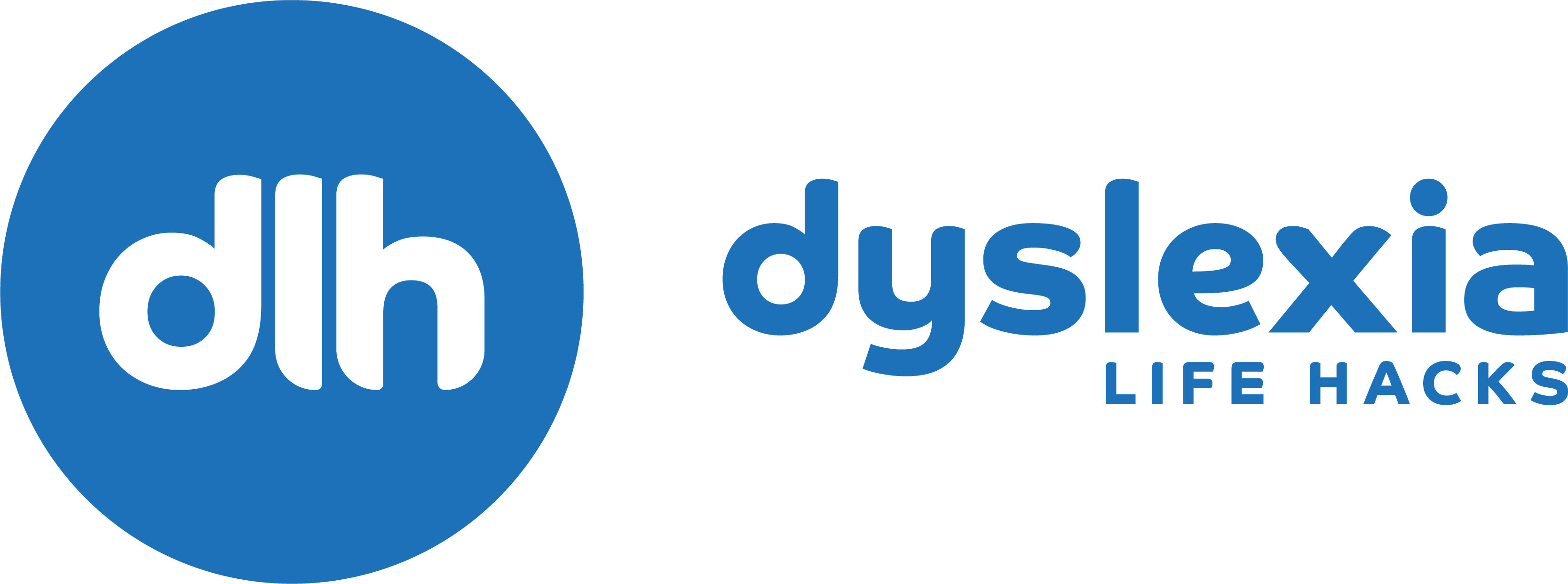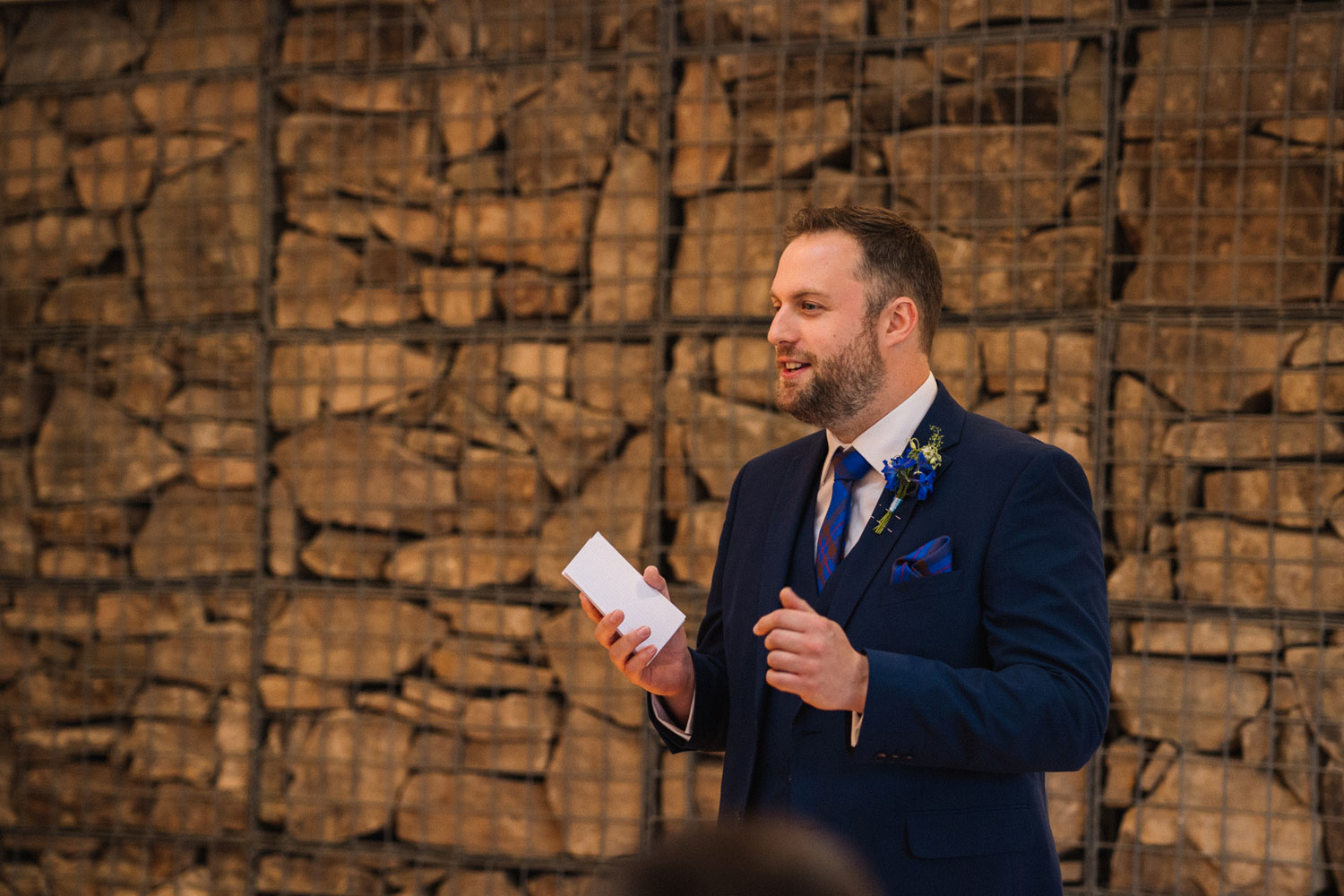Presentation to deliver at work or a best man speech? But you struggled to write speech out by hand and then learn it traditionally? Then don’t. Think about your speech while driving the car, having a shower, riding a motorbike. Talking out loud will give you a feel for how it will sound to your audience. Then use the audio notes app on your phone to record some initial ideas. Start making bullet points – you will be surprised how the speech starts to fall out of you and you can use the bullet points as prompts to refine your speech. This is how I approach my speechwriting now. Maybe a few scraps note here and there then work though it in my head, speaking out loud and refine it from there

Episode 68 -Dyslexia Questions and Answers with Podcast Host Matthew Head
Join us for the final episode of 2023! Host Matthew Head deviates from the usual format for a special Q&A session, addressing burning questions from listeners. Sip your coffee, tea, or preferred hot beverage as Matthew shares unscripted insights. Topics include hiring and retaining dyslexic individuals in the workplace, Matthew’s dyslexic strengths as an engineer, and underrated strengths of dyslexic employees. Explore hacks for boosting work efficiency and common dyslexia strengths. If you’ve enjoyed Dyslexia Life Hacks in 2023, share your favourite episode on social media or our website. As the year comes to a close, we wish you a fantastic Christmas and New Year break. Anticipate more dyslexia insights, perspectives, and hacks in 2024!




